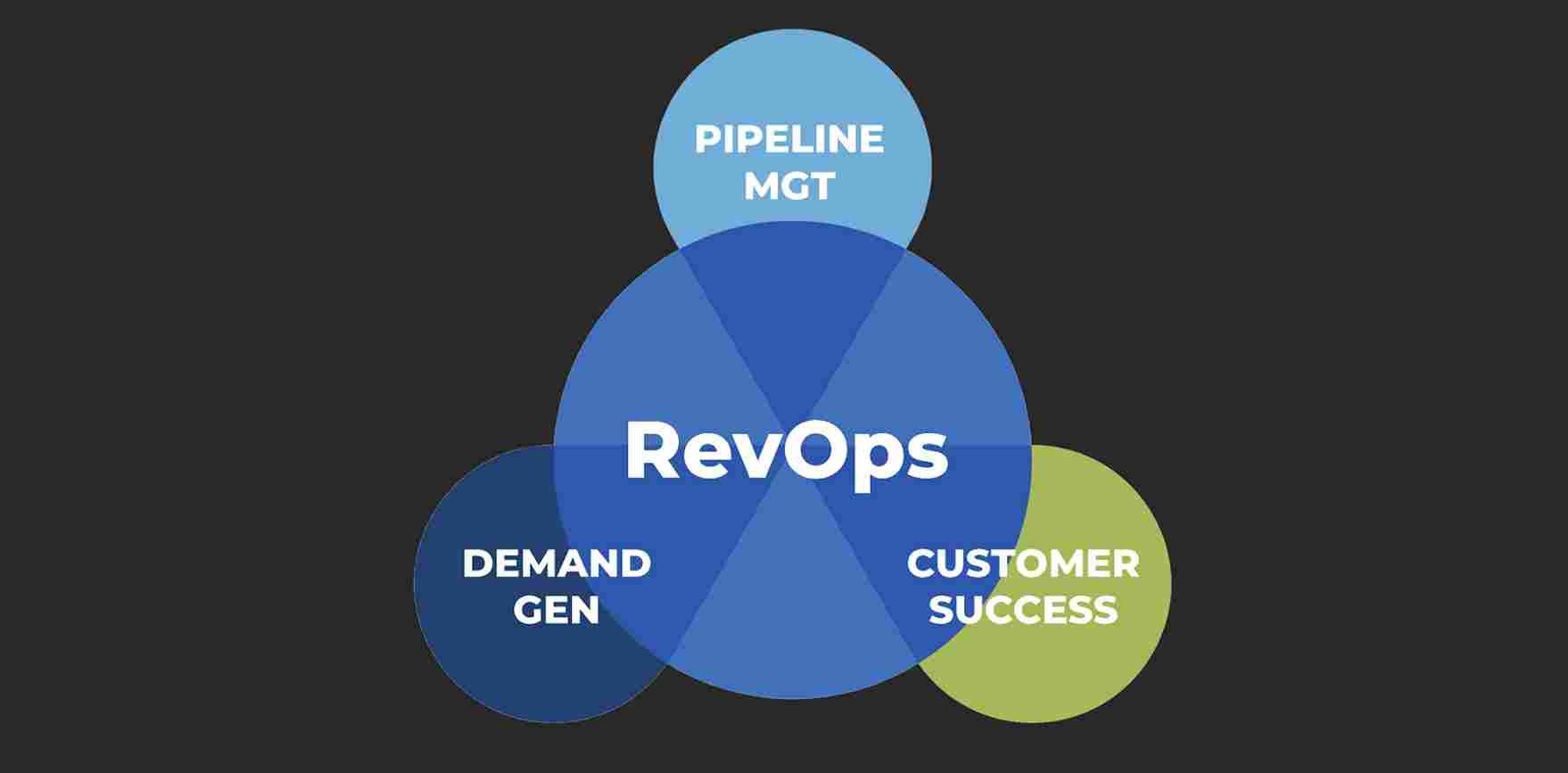11 Steps To Scale Any Design Business (Without Hiring New People) – Area19Delegate
Whether it is a startup or an established company, every business goes through different stages of growth. Design business is no different.
The key to achieving and sustaining success lies in the ability to scale the business operations while keeping costs low.
This can be done by optimizing processes, automating tasks wherever possible, and hiring the right people for the right job. However, with a limited budget and a growing company, it can be challenging to do all of this.

Here are 11 steps that you can take to scale your design business without hiring new people:
Business Scaling and Why It’s Important
Many people use the words scaling and growth interchangeably, but they don’t mean the same thing.
Business growth refers to an increase in revenue due to increased sales. It also refers to an increase in other aspects of the company, such as the number of employees, resources, and offices. While such growth is important for the company, it will take a lot of resources to sustain it.
For instance, if a company grows in terms of its client base, it will need to hire more employees to cater for the increase in the number of clients. There will be more costs associated with the growth. This means the company can grow but still have a bigger possibility of making losses in the process.
Because of the costs of growing a business, many design business owners are more focused on sustainable scaling. This is slightly different from general business growth because your focus is on increasing business revenue without increasing operational costs.
Unfortunately, not all design business owners know about scaling. That is why we are here to help you take your design business to the next level through sustainable scaling.
Steps to Scale Your Business
So, what do you need to do to scale your design business without necessarily hiring new people? Follow the steps outlined below to get started:
Step 1: Bring the Right Team Onboard
The first step to scaling your business is having the right team and talent onboard. Having a team that shares your goals will help you work in harmony towards growth. They should be people who’ve done this for a long time and have all the necessary experience.

You need a management team that is flexible enough and ready to dedicate their time and efforts to grow with the company. Your design operations team should know what it takes to grow and how they can approach every stem.
You should also learn that this team is not just the employees of the company but every aspect associated with it. The team includes your suppliers, partners, and all the organizations affiliated with your company. You need both internal and external relationships to build and grow your company.
Your team can also grow from the relationship you have with your clients and the community at large. You need a voice out there to advocate for your company and give it a good reputation.

You need a management team that is flexible enough and ready to dedicate their time and efforts to grow with the company. Your design operations team should know what it takes to grow and how they can approach every stem.
You should also learn that this team is not just the employees of the company but every aspect associated with it. The team includes your suppliers, partners, and all the organizations affiliated with your company. You need both internal and external relationships to build and grow your company.
Your team can also grow from the relationship you have with your clients and the community at large. You need a voice out there to advocate for your company and give it a good reputation.

So, before you even think about how you’ll benefit from all these, focus on building a team that will propel your company for future growth.
Step 2: Create a Strong Company Culture
While putting together a focused team and hiring new talent, don’t lose control of your company culture. It takes a lot of time to build a cohesive company culture, and the moment you manage to do so, don’t let it slip away. While scaling, keep watch, so your core values don’t get lost in the process.
You need to focus on renewing the dedication to those company values to attract new talent. Introduce better technology, and manage your financial data.
Step 3: Choose Your Niche and Narrow Down to Essential Features
While learning how to scale design production, many companies believe that diversification will be the key to growth. Well, there’s no denying that introducing new products and adding new services to the ones you already have will bring in more revenue.
`
But a series of actions and processes will make things harder for you as you grow bigger. You will eventually find it harder to be consistent, bringing chaos to your design business.
So, before you think about diversity, think about what your employees can handle first. Start with those repetitive and predictable systems first. Focus on a few areas that you can easily manage and refine.
It can be confusing if you do everything without focusing on specific features. You have to differentiate essential from non-essential features so you know what you can focus on more. Do your research and figure out some of the essential features that can help you scale your business.
Choosing the right features will help you validate your market and ensure you choose the right direction. You’ll also learn about those nice-to-have features and decide whether they add value to your scaling goal or you should let go of them.
Step 4: Build Your Brand
You need to understand what your company is about and what you mean to your customers. Do your competitors think about you? Do they admire what you do?
What about your customers? What’s the message that people associate with your company? Do you have any strengths and weaknesses?
If your company is just in its initial stages of growth, it can be hard to answer all these questions. But you need to know that they’re essential, and at one point, they will become a matter of concern.
The good thing about a small company is that it can switch gears when things are not going the right way. Starting light is paramount, and you’ll want to be easily remembered by your customers, a good idea would be to chose a name that’s easy to pronounce and get a short domain, even a single word domain. You can always innovate and adopt a new approach towards building your brand.
Working on your brand will set the tone for your company culture, essential for scaling your business. Your brand will guide how you make essential decisions for your business. This includes how you hire new employees, the relationship with your clients, your design efforts, marketing, and sales.
Step 5: Stay Up to Date
Things change every single day. New technologies come in daily and old systems are becoming obsolete. You won’t scale successfully if you’re still working with the old systems.
While scaling, you need to keep an eye on new updates in the design world and adopt them for your company. Be on the lookout for the emerging technology trends that can help you scale your design business.
Staying up to date and adopting new processes will help you stay in the market, save money, and be more efficient.
Make sure you put new systems in place before you start scaling so you won’t have to go back and forth when things start running. Staying up to date will help you avoid any problems that might suck your time.
Step 6: Spy on Your Competitors
Your competitors might seem like a threat, but they can be a great driving force towards your success. You need to stay on the lookout to see what they’re doing and how you can adopt that for your design business.
Keep track of what services they’re offering, what new trends they’re following, and how they’re marketing themselves. It can be helpful to have a competitors section on your website where you list them all out. This will help customers see that you’re keeping up with the times and that you’re a credible source for design services.
You can also use spy tools like Google Alerts or Mention to keep track of when your competitor’s name is mentioned online. This will help you see what kind of marketing campaigns they’re running and whether any of them are worth copying.
Step 7: Know When to Delegate
No one ever achieves great things by working alone. To scale your company, you need to let other people help wherever they can. You should have enough trust in the team you’ve worked hard to build and be able to delegate tasks to them.
It’s normal for most business owners to want to be involved in every aspect of their business. But if you do this, you’ll find yourself neglecting other more important tasks while focusing on tasks that other people can handle with ease.

Think about those tasks taking a lot of your time that other people can handle and delegate them. Once you learn to delegate, your business will run by itself, and things will work smoothly even in your absence. Establishing delegating habits will also allow you to have time for yourself, which is essential.
Step 8: Invest in Technology
As things keep changing, technology takes center stage in every sector. To scale your design business, you need to invest in the latest technology. It will be much easier and cheaper to scale your business with the right tech practices in place.
One of the ways to embrace technology in your design business is to automate things. You need to minimize manual work, so you work faster, better, and cheaper. Another way to use technology is to outsource work to freelancers who have the necessary skills.
Technology can also help you get new clients and keep in touch with your old ones. You can use technology to run competitions, send out newsletters, and create social media campaigns. These digital marketing secrets can help you grow your business without putting in too much manual work.
So, ensure you embrace the right technology in your design business if you want to scale up.
Step 9: Have a Client Onboarding Process
Perhaps the most important part of scaling your business is not making those sales. Do you have a client onboarding process in place?
The most important thing to focus on is the time a client agrees to do business with your design agency up to when they finally sign the contract. This doesn’t just happen in a fortnight. It involves a long process that needs proper planning and execution.
You should have a solid process in place to inspire confidence and make it easy for clients to trust you.
There is a list of things you can do to inspire confidence. These include prompt communication, responding to client questions, asking the right questions, explaining your design processes, and adhering to deadlines.
Step 10: Don’t Forget to Network
Even with a strong team by your side, good talent, and a client base, you still need external forces.
Who are the people you associate with? You need to create a network of colleagues, mentors, couches, influencers, etc. These are the people who will connect you to the right people that you’ll need on your scaling journey.
You have to remember that these people won’t come to you if you don’t go to them. Creating a network starts with you going out there and meeting the right people.
Go to those design business functions, join groups related to your industry, and ask for contacts whenever necessary. Reach out to those who’ve been in the business for a long time and developed successfully in the industry. Ask them to be your mentors and hold your hands as you scale your business.
Make sure you have as many people on your side as you can if you want to succeed. These are people who’ve done scaling before, made some mistakes, and now have some valuable lessons to share. You can never scale your design business and grow if you don’t connect with other designers who understand the trade better.
Step 11: Take Your Time
Scaling a design business involves acquiring more customers, improving your products, and generating more revenue. All these are mouth-watering, and you’ll want to start experiencing them as soon as possible. But if you don’t have the right strategy in place, scaling can decimate your company.
Don’t make the mistake of starting with complex projects if you’ve not done the easier ones. You have to start building a solid bedrock before you finally build the complex systems on top of them.
You can’t rush to hire new employees to handle the growing customers if you don’t have the finances to handle the increased labor force.
So, before you start working on the complex processes, focus on simple ones, so you don’t end up with confusion. So can always advance as time goes by.
Final Thoughts
Scaling your business involves making tough decisions. You have to weigh the pros and cons of every decision you make. Sometimes, it might be hard to let go of an old process or system even if it’s not efficient. But, to make your business scalable, you need to make tough decisions and accept change.
The important thing is to be open to learning and advancing. Keep an open mind and stay ahead of the competition. Remember, scalability is key to long-term success for every design business.
https://www.area19delegate.org/11-steps-to-scale-any-design-business/Business
Whether it is a startup or an established company, every business goes through different stages of growth. Design business is no different.
The key to achieving and sustaining success lies in the ability to scale the business operations while keeping costs low.
This can be done by optimizing processes, automating tasks…
AdminHarry
Jadon[email protected]AdministratorThanks for reading this article. You can subscribe for regular update about technology news and tips via RSS Feed. You can also follow us on Facebook & Twitter .Thanks for visiting!Area19Delegate





